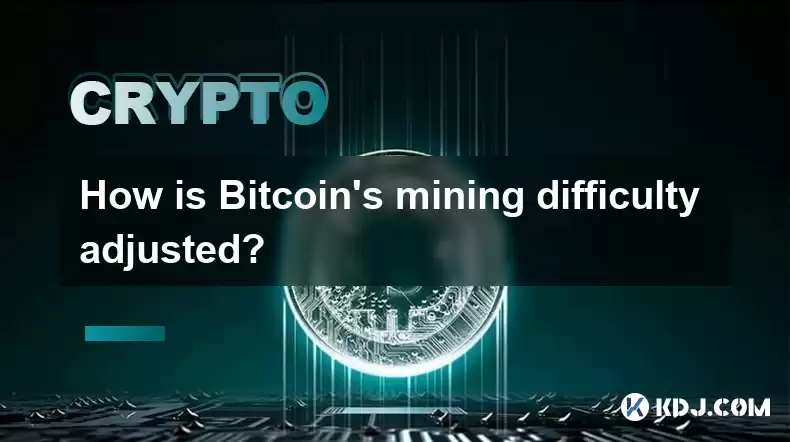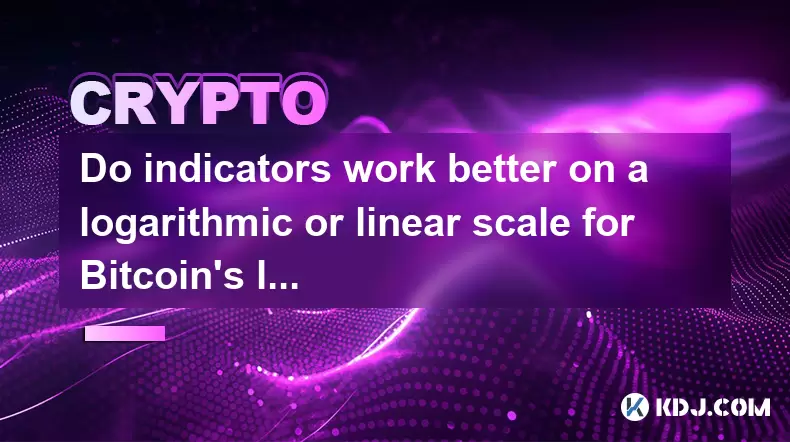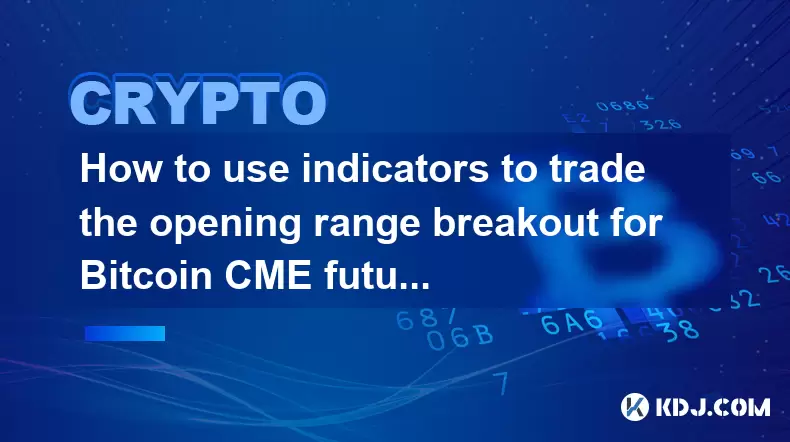-
 Bitcoin
Bitcoin $114800
-3.31% -
 Ethereum
Ethereum $3641
-5.84% -
 XRP
XRP $2.948
-6.36% -
 Tether USDt
Tether USDt $0.9998
-0.03% -
 BNB
BNB $772.4
-3.97% -
 Solana
Solana $169.1
-6.68% -
 USDC
USDC $0.9999
-0.01% -
 Dogecoin
Dogecoin $0.2056
-8.09% -
 TRON
TRON $0.3247
-0.18% -
 Cardano
Cardano $0.7239
-7.43% -
 Hyperliquid
Hyperliquid $39.71
-8.60% -
 Stellar
Stellar $0.3912
-7.84% -
 Sui
Sui $3.510
-10.17% -
 Chainlink
Chainlink $16.59
-8.03% -
 Bitcoin Cash
Bitcoin Cash $560.5
-3.65% -
 Hedera
Hedera $0.2464
-10.08% -
 Avalanche
Avalanche $22.03
-7.87% -
 Ethena USDe
Ethena USDe $1.001
-0.02% -
 UNUS SED LEO
UNUS SED LEO $8.947
0.21% -
 Toncoin
Toncoin $3.389
-2.58% -
 Litecoin
Litecoin $104.9
-5.23% -
 Shiba Inu
Shiba Inu $0.00001220
-6.67% -
 Polkadot
Polkadot $3.652
-6.10% -
 Uniswap
Uniswap $9.213
-9.05% -
 Monero
Monero $307.2
-2.93% -
 Dai
Dai $0.9998
-0.02% -
 Bitget Token
Bitget Token $4.367
-2.89% -
 Cronos
Cronos $0.1374
-6.80% -
 Pepe
Pepe $0.00001056
-8.65% -
 Aave
Aave $257.3
-7.31%
How is Bitcoin's mining difficulty adjusted?
Bitcoin's mining difficulty adjusts every 2016 blocks (roughly two weeks) to maintain a ~10-minute block generation time. This automatic adjustment, based on the time to mine the previous blocks, ensures network stability and prevents manipulation by controlling the hash rate.
Mar 06, 2025 at 12:18 pm

Key Points:
- Bitcoin's mining difficulty adjusts automatically every 2016 blocks to maintain a consistent block generation time of approximately 10 minutes.
- The adjustment is proportional to the total network hash rate. A higher hash rate leads to a more difficult mining process, and vice versa.
- The difficulty adjustment algorithm uses a simple formula based on the time it took to mine the previous 2016 blocks.
- Miners compete to solve complex cryptographic puzzles, and the difficulty ensures a steady flow of new Bitcoins into circulation.
- Understanding this adjustment mechanism is crucial for understanding Bitcoin's stability and security.
How is Bitcoin's Mining Difficulty Adjusted?
Bitcoin's ingenious design incorporates a self-regulating mechanism to maintain a stable block generation time, despite fluctuations in the network's overall computational power (hash rate). This mechanism is the dynamic adjustment of mining difficulty. The goal is to keep the average block time around 10 minutes, regardless of whether thousands or millions of miners are participating. This consistency is vital for the network's stability and predictability.
The adjustment happens approximately every two weeks, or after every 2016 blocks are mined. This period is chosen because it provides a statistically significant sample size to accurately gauge the network's current hash rate. The algorithm doesn't look at the hash rate directly; instead, it focuses on the time it took to mine those 2016 blocks.
The core of the adjustment lies in a simple formula that compares the actual time taken to mine the last 2016 blocks with the target time (2016 blocks * 10 minutes/block = 20,160 minutes). If the actual time was significantly shorter than the target, it means the network's hash rate increased. The difficulty is then increased to make it harder to find the next block, thus slowing down the block generation rate.
Conversely, if the actual time exceeded the target, it indicates a decrease in the network's hash rate. The difficulty is subsequently reduced to make it easier to mine blocks, speeding up the block generation rate. This feedback loop ensures that the system remains balanced, irrespective of changes in the number of miners participating.
The adjustment is not a linear process. It's a multiplicative adjustment, meaning the difficulty is multiplied by a factor calculated based on the ratio of actual time to target time. This allows for a more responsive adjustment to significant changes in hash rate.
The Algorithm in Detail
The algorithm uses a target value, represented as a number. The hash of each block must be less than or equal to this target to be considered valid. The target is adjusted after every 2016 blocks based on the time it took to mine them.
- Step 1: Calculate the Actual Time: Measure the time elapsed to mine the previous 2016 blocks.
- Step 2: Determine the Time Ratio: Divide the actual time by the target time (20160 minutes).
- Step 3: Adjust the Target: The new target is calculated by multiplying the previous target by the time ratio. If the actual time was less than the target, the ratio will be less than 1, resulting in a harder difficulty (lower target). If the actual time was greater, the ratio will be greater than 1, resulting in an easier difficulty (higher target).
- Step 4: Implement the New Difficulty: The newly calculated target is then used for the next 2016 blocks. Miners must now find hashes that meet the adjusted target.
This process ensures that the average block generation time remains relatively stable at approximately 10 minutes, despite fluctuations in the overall network hash rate. The difficulty adjustment is a key component of Bitcoin's self-regulating mechanism, contributing to its robustness and resilience.
The Significance of Difficulty Adjustment
The difficulty adjustment is not just a technical detail; it's a fundamental aspect of Bitcoin's security and scalability. A consistently stable block generation time is crucial for:
- Predictability: Miners and users can rely on a consistent rate of transaction confirmations.
- Security: A stable block generation time makes it harder for attackers to manipulate the blockchain.
- Fairness: The difficulty adjustment prevents any single entity or group from gaining an unfair advantage by controlling a disproportionate amount of the network's hash rate.
This dynamic adjustment ensures that Bitcoin remains a secure and reliable cryptocurrency network. It's a testament to the sophisticated design of its underlying protocol.
Frequently Asked Questions:
Q: What happens if the network hash rate suddenly drops significantly?
A: The difficulty adjustment algorithm will automatically lower the mining difficulty, making it easier to find blocks and restoring the block generation time closer to the 10-minute target.
Q: Can the difficulty adjustment be manipulated?
A: No, the difficulty adjustment is a decentralized, algorithmic process based on publicly available data. Manipulation would require controlling a significant portion of the network's hash rate, which is practically impossible given the decentralized nature of Bitcoin.
Q: How often is the difficulty adjusted?
A: Approximately every two weeks, or after every 2016 blocks are mined.
Q: What is the relationship between mining difficulty and Bitcoin's price?
A: While there's a correlation between the network hash rate (which influences difficulty) and Bitcoin's price (higher price often attracts more miners), the difficulty adjustment itself doesn't directly impact the price. The price is driven by market forces of supply and demand.
Q: What if the difficulty adjustment fails to maintain a 10-minute block time?
A: While the system aims for 10 minutes, minor deviations are normal. Significant and prolonged deviations would indicate a deeper issue with the network, potentially requiring further investigation and potentially protocol updates, though such a scenario is extremely unlikely given the distributed and robust nature of the network.
Disclaimer:info@kdj.com
The information provided is not trading advice. kdj.com does not assume any responsibility for any investments made based on the information provided in this article. Cryptocurrencies are highly volatile and it is highly recommended that you invest with caution after thorough research!
If you believe that the content used on this website infringes your copyright, please contact us immediately (info@kdj.com) and we will delete it promptly.
- Bitcoin, Ethereum, and Investor Behavior: A New York Minute on Crypto Trends
- 2025-08-01 15:10:12
- Tether's Q2 Triumph: USDT Supply Soars Amidst Profit Surge!
- 2025-08-01 15:10:12
- Ethereum ETF Holdings: A Corporate Treasury Revolution?
- 2025-08-01 15:30:12
- Ethereum's Wild Ride: Funding Rates, Price Drops, and Retail to the Rescue!
- 2025-08-01 15:30:12
- Ethereum Under Pressure: Crypto Market Drop Explained
- 2025-08-01 15:35:11
- Ethereum ETF Mania: Inflows Surge, Market Rises, What's Next?
- 2025-08-01 15:35:11
Related knowledge

What is the significance of the 21-week EMA in a Bitcoin bull market?
Jul 10,2025 at 06:56pm
Understanding the 21-Week EMA in Cryptocurrency AnalysisThe 21-week Exponential Moving Average (EMA) is a technical indicator widely used by traders a...

How to identify a volatility contraction pattern on Bitcoin using indicators?
Jul 07,2025 at 07:28am
What is a Volatility Contraction Pattern in Bitcoin Trading?A volatility contraction pattern refers to a phase where the price movement of an asset, s...

Do indicators work better on a logarithmic or linear scale for Bitcoin's long-term chart?
Jul 08,2025 at 01:42pm
Understanding Chart Scales in Cryptocurrency TradingIn cryptocurrency trading, particularly for analyzing Bitcoin's long-term trends, chart scales pla...

What is the Woodies CCI indicator and can it be used for Bitcoin?
Jul 04,2025 at 05:14pm
Understanding the Woodies CCI IndicatorThe Woodies CCI indicator is a variation of the traditional Commodity Channel Index (CCI), which was originally...

How to use indicators to trade the opening range breakout for Bitcoin CME futures?
Jul 05,2025 at 07:35pm
What Is the Opening Range Breakout Strategy?The opening range breakout (ORB) strategy is a popular trading technique used in both traditional markets ...

How to use the Relative Vigor Index (RVI) for Bitcoin trading?
Jul 07,2025 at 02:00pm
Understanding the Relative Vigor Index (RVI)The Relative Vigor Index (RVI) is a technical analysis tool used to assess the strength of price movements...

What is the significance of the 21-week EMA in a Bitcoin bull market?
Jul 10,2025 at 06:56pm
Understanding the 21-Week EMA in Cryptocurrency AnalysisThe 21-week Exponential Moving Average (EMA) is a technical indicator widely used by traders a...

How to identify a volatility contraction pattern on Bitcoin using indicators?
Jul 07,2025 at 07:28am
What is a Volatility Contraction Pattern in Bitcoin Trading?A volatility contraction pattern refers to a phase where the price movement of an asset, s...

Do indicators work better on a logarithmic or linear scale for Bitcoin's long-term chart?
Jul 08,2025 at 01:42pm
Understanding Chart Scales in Cryptocurrency TradingIn cryptocurrency trading, particularly for analyzing Bitcoin's long-term trends, chart scales pla...

What is the Woodies CCI indicator and can it be used for Bitcoin?
Jul 04,2025 at 05:14pm
Understanding the Woodies CCI IndicatorThe Woodies CCI indicator is a variation of the traditional Commodity Channel Index (CCI), which was originally...

How to use indicators to trade the opening range breakout for Bitcoin CME futures?
Jul 05,2025 at 07:35pm
What Is the Opening Range Breakout Strategy?The opening range breakout (ORB) strategy is a popular trading technique used in both traditional markets ...

How to use the Relative Vigor Index (RVI) for Bitcoin trading?
Jul 07,2025 at 02:00pm
Understanding the Relative Vigor Index (RVI)The Relative Vigor Index (RVI) is a technical analysis tool used to assess the strength of price movements...
See all articles

























































































